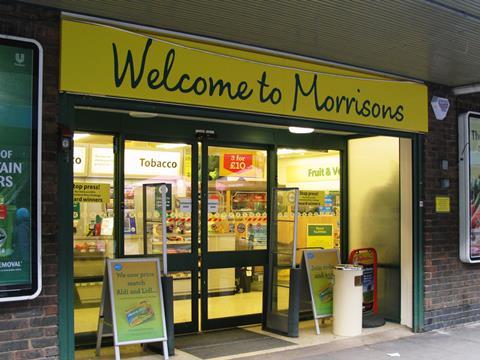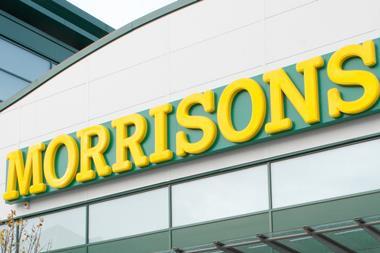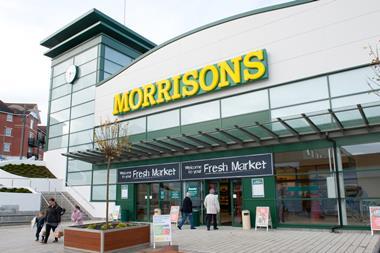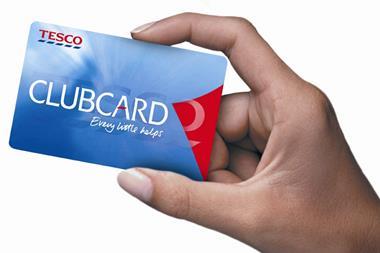
After clinging on by its fingernails this year, Morrisons finally succumbed to the weight of its falling share price and dropped out of the UK’s blue-chip FTSE 100 index on Wednesday.
Morrisons had narrowly avoided the chop in both of the previous two FTSE reviews, but its 16.4% share price drop so far in 2015 finally took its toll as it dropped out after more than 14 years. Morrisons hit a new year-long share price low of 149.9p on Tuesday, but the malaise goes back far longer. The demotion to the FTSE 250 is the culmination of a dreadful share price run, which has seen a 42.5% drop in Morrisons’ value since the start of 2014 and even a 36% fall in value under new boss David Potts since early March.
Retail analyst Nick Bubb commented: “Despite the director share buying after the interims in September, the share price has continued to sink towards the 150p level, with the shorts gambling that private equity isn’t going to come and rescue Morrisons from the relentless attack from Aldi/Lidl in its Northern heartlands, despite the strong asset backing of the business.”
While demotion is primarily symbolic, exiting the FTSE 100 is likely to have a material effect too. Investment funds that track the FTSE 100 will be forced to dump Morrisons stock - estimated by Cantor Fitzgerald to total 47.6 million shares, or 2% of its total issued share capital. The market’s instant reaction was benign, with Morrisons shares rising 0.5% to 151.8p by Thursday lunchtime - but the real test will come on 21 December when it begins trading as a FTSE 250 company.
Elsewhere, Cranswick shares jumped 5.7% on Monday to 1,797p, setting a new 12-month high after reporting a 22% rise in first-half profits. The shares continued to rise through the week, setting a new high of 1,830p on Thursday, and are currently up more than 31% so far in 2015. “It is clear that Cranswick is in excellent overall shape”, said Shore Capital’s Clive Black. “It is a story of an innovative business efficiently delivering high value added to its customers and the consumers from well-invested facilities.”



















No comments yet